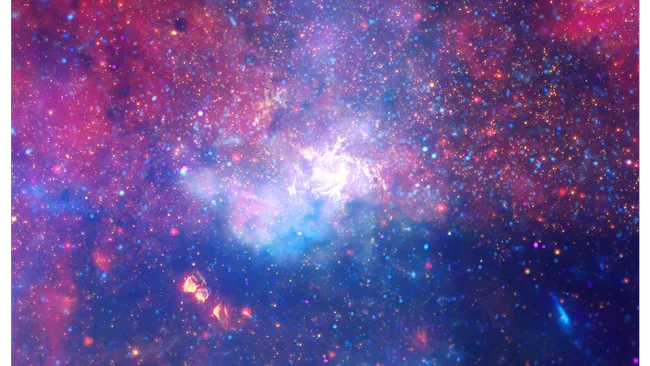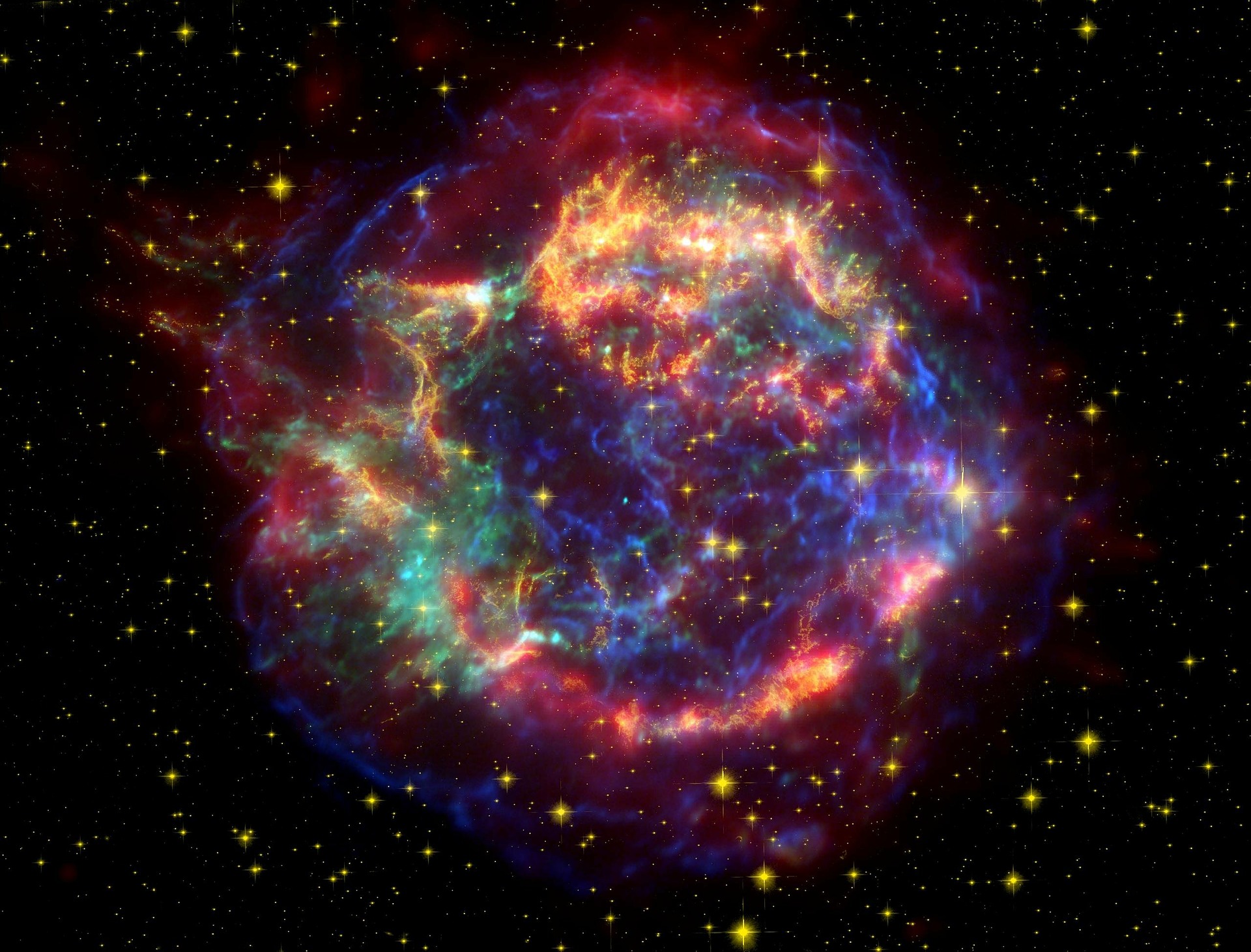James Webb Space Telescope is going to illuminate the secrets of the Milky Way’s center
NASA’s ten billion dollar James Webb Space Telescope is likely to illuminate the secrets at the center of the Milky Way, providing answers to longstanding astronomical mysteries. Over 100 astronomers from around the world have recently called for the James Webb Space Telescope (JWST) to conduct a comprehensive survey of the Milky Way’s innermost regions.

The Galactic Center has long been a source of fascination for astronomers, yet many mysteries persist. Scientists seek to understand the role of Sagittarius A*, the supermassive black hole at the heart of our galaxy, in its evolution. They also question why star formation in our galaxy’s central regions appears slower than expected, and how central star clusters emerge.
According to Adam Ginsburg, an astronomer from the University of Florida who co-authored the white paper, the center of our galaxy is challenging to observe for two reasons.
JWST solves both of these problems, Ginsburg is reported by space.com as saying. ” . . . because it’s a big telescope, it has excellent resolution and can separate stars from one another well. And, because it observes in the infrared, it can see through the dust. No other telescope can do both,” Ginsburg added.
Ginsburg also mentioned that the JWST is uniquely suited for this task due to its remarkable capabilities. Its Near-infrared Camera (NIRCam) and system of filters allow it to peer through the dense regions of dust in the Galactic Center, according to NASA. Infrared observations reveal information invisible to the human eye, such as galaxies in the early universe.
To obtain a comprehensive view, the proposal suggests combining the JWST with other telescopes, including the Atacama Large Millimeter Array (ALMA), the Hubble Space Telescope, the Roman Space Telescope, the European Space Observatory’s Extremely Large Telescope, and Japan’s JASMINE astrometry satellite. This multi-epoch survey, planned at one, five, and 10-year intervals, will provide a more complete picture.
One of the key objectives of this project, according to NASA, is to understand how the black hole Sgr. A* influenced the Milky Way’s evolution. Observations of the Galactic Center should reveal the connection between the growth history of the black hole and the rate of star formation. Sgr. A* is considered a ‘quiescent’ black hole, suggesting it acquired most of its mass in the past, providing valuable insights into the galaxy’s history.
Moreover, the survey could improve estimates of the Initial Mass Function (IMF), a parameter that tells astronomers how much light star populations produce. This is particularly important for studying galaxies too distant to observe individual stars.
However, the JWST’s high demand poses a challenge, as many astronomers are vying for its time. This necessitates a broad consensus within the astronomy community regarding the necessity of the survey, as there are specific rules governing the evaluation process.
“Sgr. A* is a quiescent black hole and appears to have acquired most of its mass in the past,” said Rainer Schödel, an astronomer from the Instituto de Astrofisica de Andalucia in Spain and the first author of the paper.


